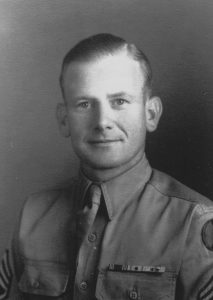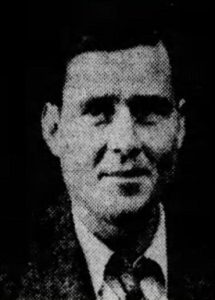Wheeler, John Henry
Army Private 1st class
John Henry Wheeler, age 25, from Alabama, Fayette county.
Service era: Korea
Date of death: Thursday, November 2, 1950
Death details: During the last week of October 1950, Republic of Korea (ROK) Army forces under the control of the U.S. Eighth Army were advancing deep in North Korean territory, approaching the Yalu River on the Chinese-Korean border. Chinese Communist Forces (CCF) struck back in a surprise attack, engaging the ROK 1st and 6th Divisions near Unsan, some sixty miles north of Pyongyang. The U.S. 1st Cavalry Division, with the 8th Cavalry Regiment in the lead, was rushed forward to reinforce the ROK units in the Unsan area. On November 1, the regiment’s 1st Battalion took up positions north of Unsan, while the 2nd Battalion moved to guard the Nammyon River valley west of town, and the 3rd Battalion was placed in reserve at the valley’s southern end. Corporal John Henry Wheeler entered the U.S. Army from Alabama and was a member of Company M, 3rd Battalion, 8th Cavalry Regiment, 1st Cavalry Division. On November 2, 1950, while serving as a security unit supporting the 3rd Battalion near Unsan, Company M was hit by an enemy attack and forced to withdraw. Corporal Wheeler went missing as Company M faced continued attacks during the withdrawal, though specific circumstances surrounding his loss are unknown. He was never reported as a confirmed prisoner of war, and his remains were not identified among those returned to the U.S. following the war. Today, Corporal Wheeler is memorialized on the Courts of the Missing at the National Memorial Cemetery of the Pacific.
Source: National Archives, Defense POW/MIA Accounting Agency

